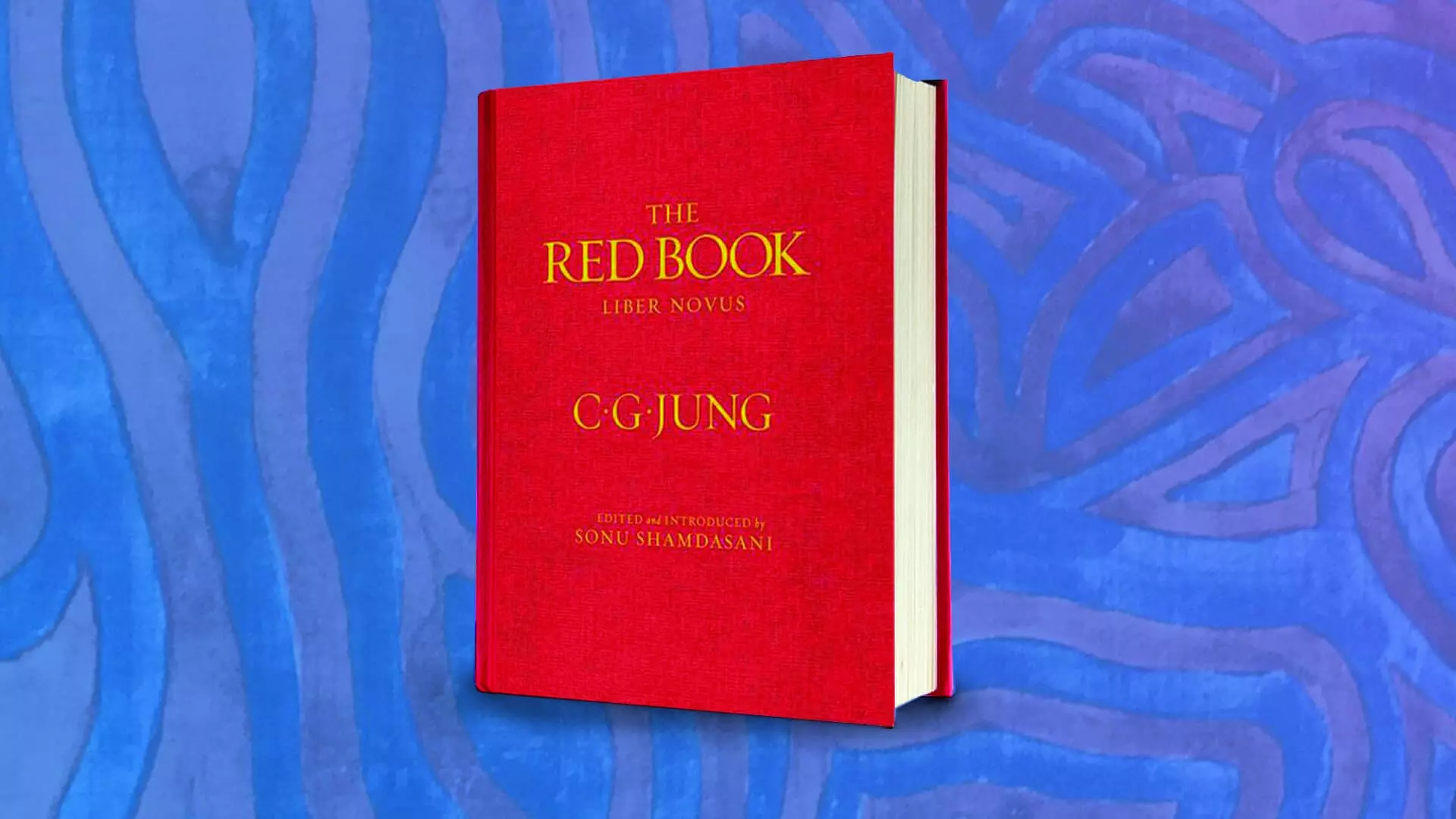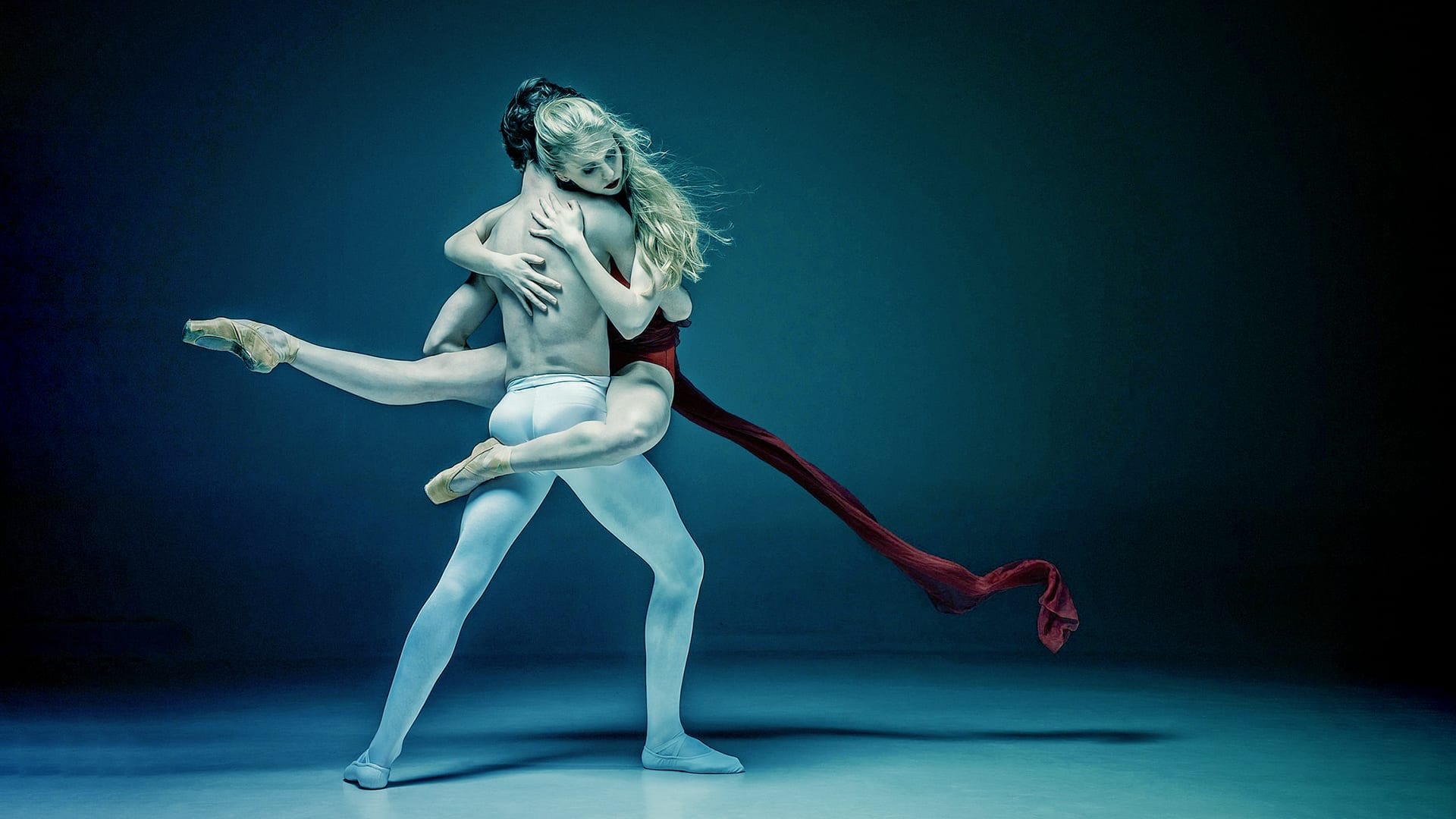
Meet the images moving your soul
The conscious and the unconscious aspects of the mind meet in active imagination. It creates fertile ground for creativity, awakening, and individuation. Ken James helps us choose the right material and the best methods to initiate and sustain active imagination sessions.
The actual technique of active imagination is very simple. It starts by relaxing the body and focusing the mind on a particular image, usually from a dream. The person then takes that image and allows it to unfold in their mind’s eye. Gently, the person may interact with the image to see where it might lead or what it might reveal.
Ken will also discuss how to choose the appropriate material for active imagination. He’ll explore the methods employed to initiate and sustain active imagination sessions, as well as how to end them. He’ll offer tips about recording the results of the experience and how to keep it alive.
Join Ken to spot, track, and nourish the images moving through you, the images that shape you.
4 Class Course
90 min
What you will receive
4 Video & 4 Audio recordings
Course Handouts
Companion Guide
Access to your own Jung Platform account where all the content you've purchased will be stored.
Course Description
In this course, Ken James teaches the technique of active imagination. Carl Jung first developed this method as he struggled with his own unconscious material during the years he wrote “The Red Book”.
Most of us need a guide when approaching the unknown worlds of our deep inner lives. Dr. Ken James is among the best. He’s a warm, wise, and witty mentor who helps bring the mysteries of the imagination within our reach. He makes slippery concepts about the unconscious clear and handy.
In this course, Ken James will present the Jungian technique of active imagination. C.G. Jung developed the technique of active imagination to enable his analysands to dream their dreams onward. Jung found that “… images that emerge from the unconscious have their own vitality … (and) present scenarios that proceed according to their own logic.” (Jung, CW 18, paras.396, 397).
Examples of Jung’s own work with active imagination will be discussed. Practical exercises will be offered during class. A handout with guidelines will also be made available.
Active imagination is a profound and dynamic tool. The person who uses it wisely may have a direct experience of how the unconscious can move and shape the process of individuation.
This course is ideal if
- Develop more receptivity to inner images.
- Learn to relate with discernment to unconscious material rather than being pushed and pulled by it.
- Understand how active imagination is used in Jungian analysis.
Course Overview
Class 1: What is Active Imagination?
How did Jung develop the method? How is active imagination different from simple fantasy, and daydreaming?
This first class will offer a background on the uses of active imagination as well as examine conditions under which active imagination is not advised. We will also consider the appropriate material to use for active imagination. Participants will be instructed on performing an active imagination during the intervening time between this class and the next class and keeping notes about the active imagination. Material from both The Red Book and The Black Books will be considered as examples of how Jung himself practiced and documented the method of active imagination.
Class 2: Active Imagination as a therapeutic tool
Barbara Hannah’s exposition of the method of active imagination will be discussed.
The use of active imagination as a therapeutic tool will be considered in light of Hannah’s publication of the case study Anna Marjula: The Healing Influence of Active Imagination in a Specific Case of Neurosis. Jung counseled Ms. Hannah not to publish the material without additional information about the method, and the rationale for this admonition will be discussed.
In the second class, questions about the first active imagination assignment will be discussed, and another assignment will be provided.
Questions about the first active imagination assignment will be discussed, and another assignment will be provided.
Class 3: Active Imagination and the Transcendent Function
The class opens with a look at Jung’s concept of the transcendent function and its role in the process of individuation. Next, Ken shares his original diagram showing the relations between the ego, personal unconscious, collective unconscious, complexes and archetypes. He also presents the movements of the transcendent function as related to the figure and points of the Enneagram.
Class 4: Variations on the method of active imagination.
The use of music, art, and movement to stimulate and sustain active imagination will be examined in this class. Ken will discuss the use of natural and pharmacological substances to produce images. He will offer clear delineations between Jung’s method and other more contemporary ways of activating images from the unconscious for healing and individuation.
By the end of this course you will
- Understand the best practices of active imagination.
- How to find appropriate material and avoid inappropriate material.
- Know various methods to stimulate and maintain active imagination.
- Be able to close a session carefully.
- Have ideas about how to record your session to keep it alive.
Scholarships
We here at Jung Platform want to make these programs available to anyone. If you would love to participate yet can’t pay for the full course, then please send us an email at [email protected] and describe why you feel you qualify for a scholarship, how much you can pay, and what you will do to help the Jung Platform promote this and other programs.
The Jung Platform Guarantee
We stand by our programs. If within 30 days of your purchase or the live course start, you're not satisfied, we offer a replacement or a full refund.


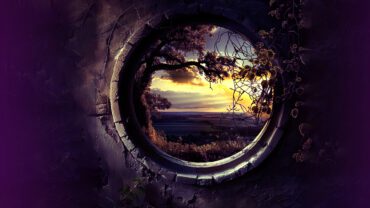
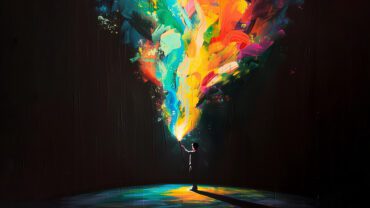

 14 Teachers
14 Teachers 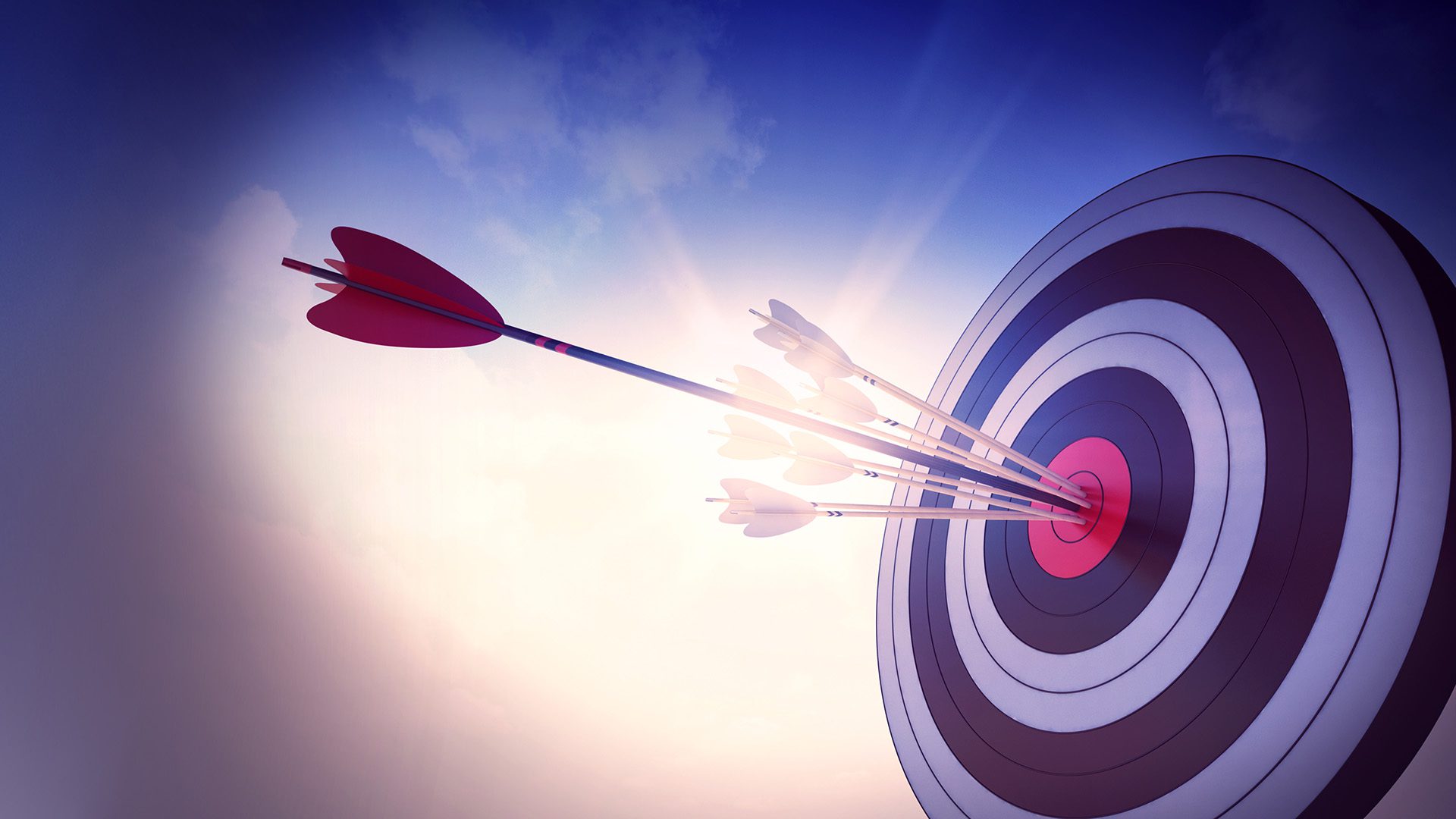
 5 Teachers
5 Teachers 



 2 Teachers
2 Teachers 


